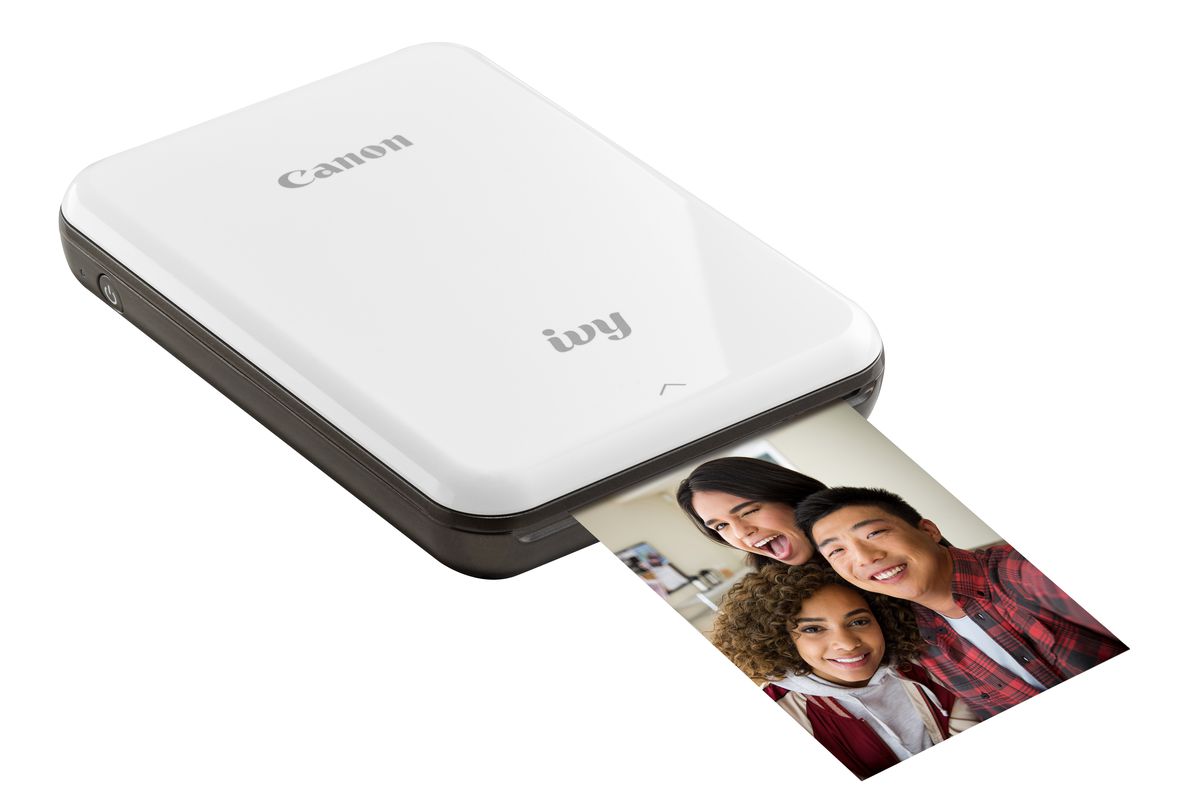/cdn.vox-cdn.com/uploads/chorus_image/image/59447229/2B925033_B749_48D0_8E85_1FC21E674999.0.jpeg)
Zink is a printing technology that makes me worried about the future of our species.
My dad used to work at a print company. Truck-sized printing presses were a hassle to set up, maintain, and clean. To print a photo, you had to use multiple plates, one for each color. It was expensive and messy, but the prints were beautiful.
After high school, I moved to California, where I worked in digital printing — glorified photocopiers, basically. Digital printing made it possible to do shorter print runs, with way less cost and setup time, but the quality suffered. You could see and feel the raised dots of the ink, the colors were typically desaturated and dull, and the wrong amount of humidity in the room could wreck your image.
Fast-forward to 2018, and I can go days without touching a piece of paper or a “real” photograph. Screens are so good, I can barely look away from them for a second. And yet companies like Polaroid, HP, and now Canon are pushing this Zink garbage on me.
/cdn.vox-cdn.com/uploads/chorus_asset/file/10681517/D936E571_5CF9_41D7_8972_C328A9B47B22.jpeg)
Zink is a print technology that uses a special thermal paper to print bad 2 x 3-inch photos. You know how receipts are printed thermally? It’s like that, except instead of getting a coupon code for your next visit, you get a grainy, splotchy, uneven, desaturated, hue-shifted image of you and your friends in front of your favorite brunch place.
Canon’s press release for its new $130 Ivy Mini Photo Printer encourages “the next generation of creators” to “#LiveIRL,” and it makes me sick.
It doesn’t matter how many stickers and filters and AR features you put in your Print app, Canon. It doesn’t matter that your printer comes in rose gold, mint green, and slate gray.
Zink prints are IRL garbage. Do better.
[“Source-theverge”]









